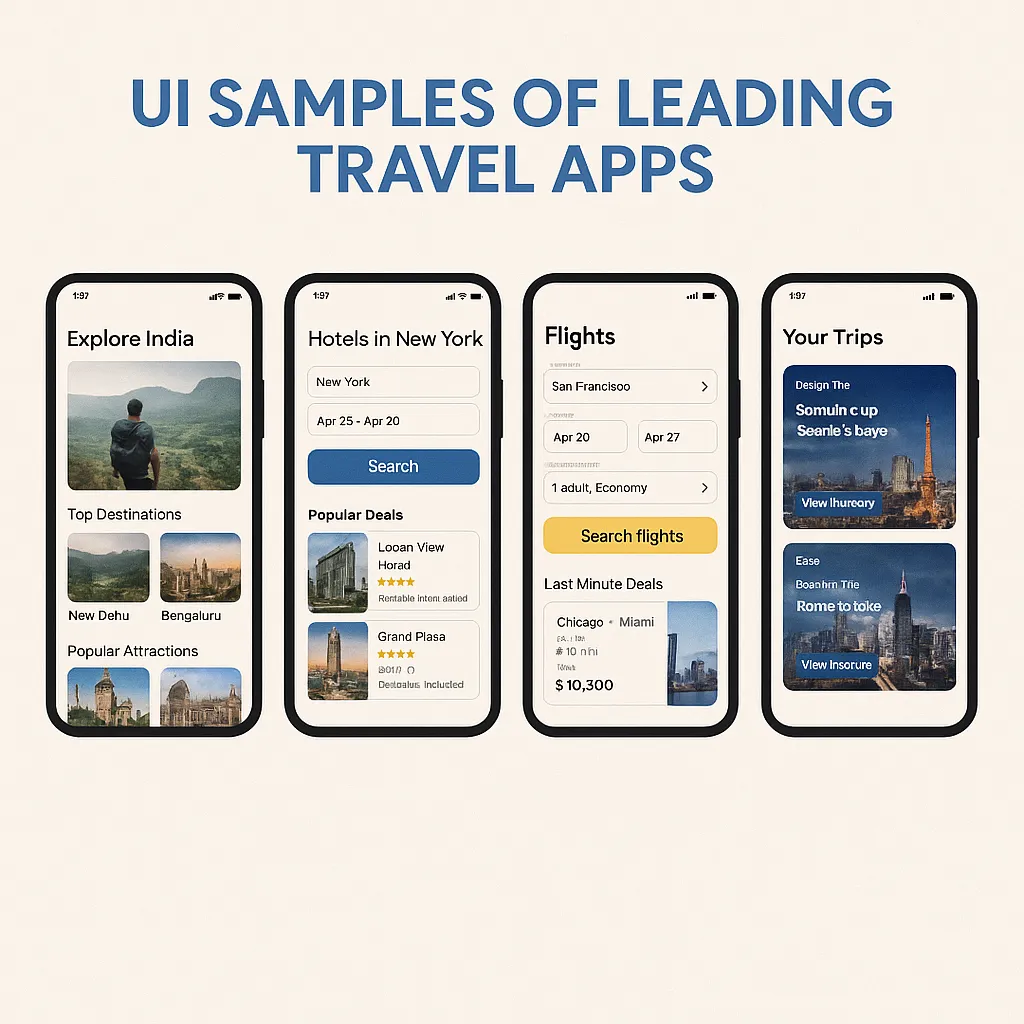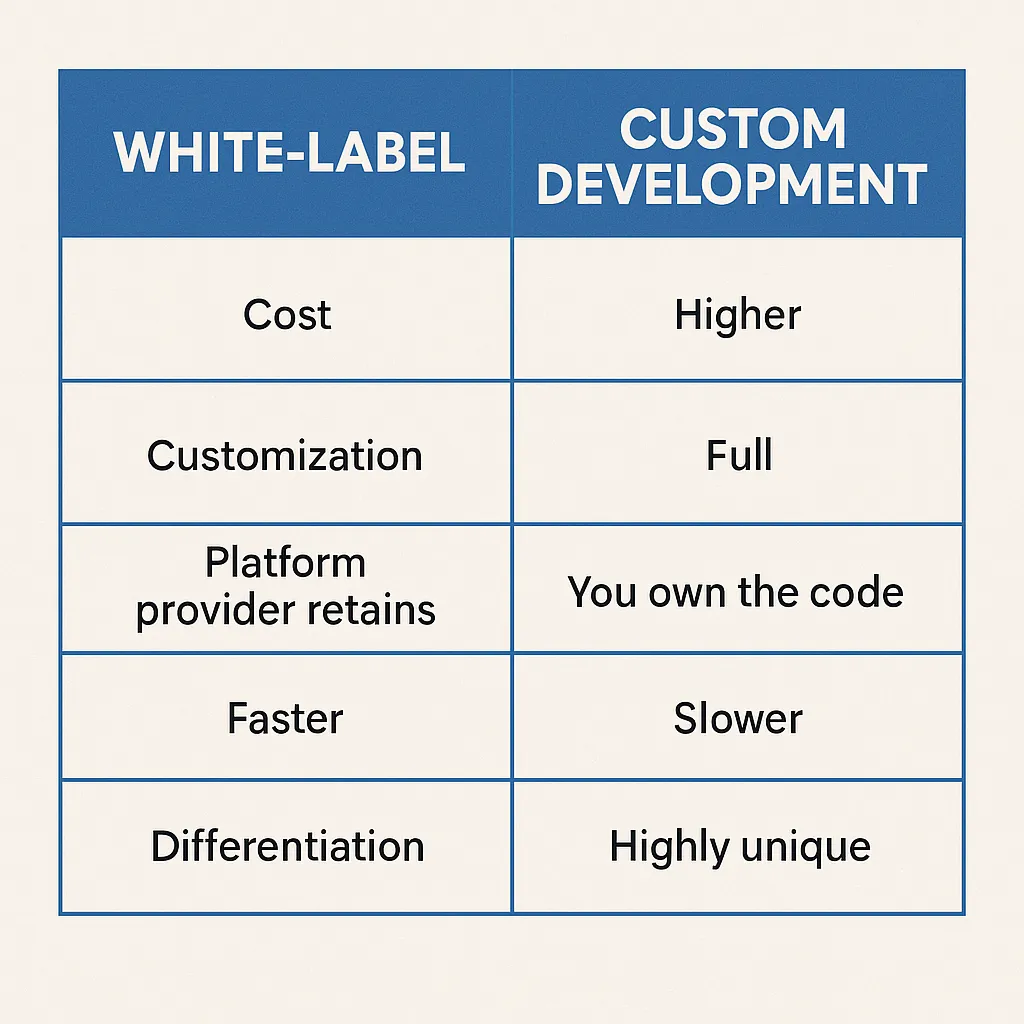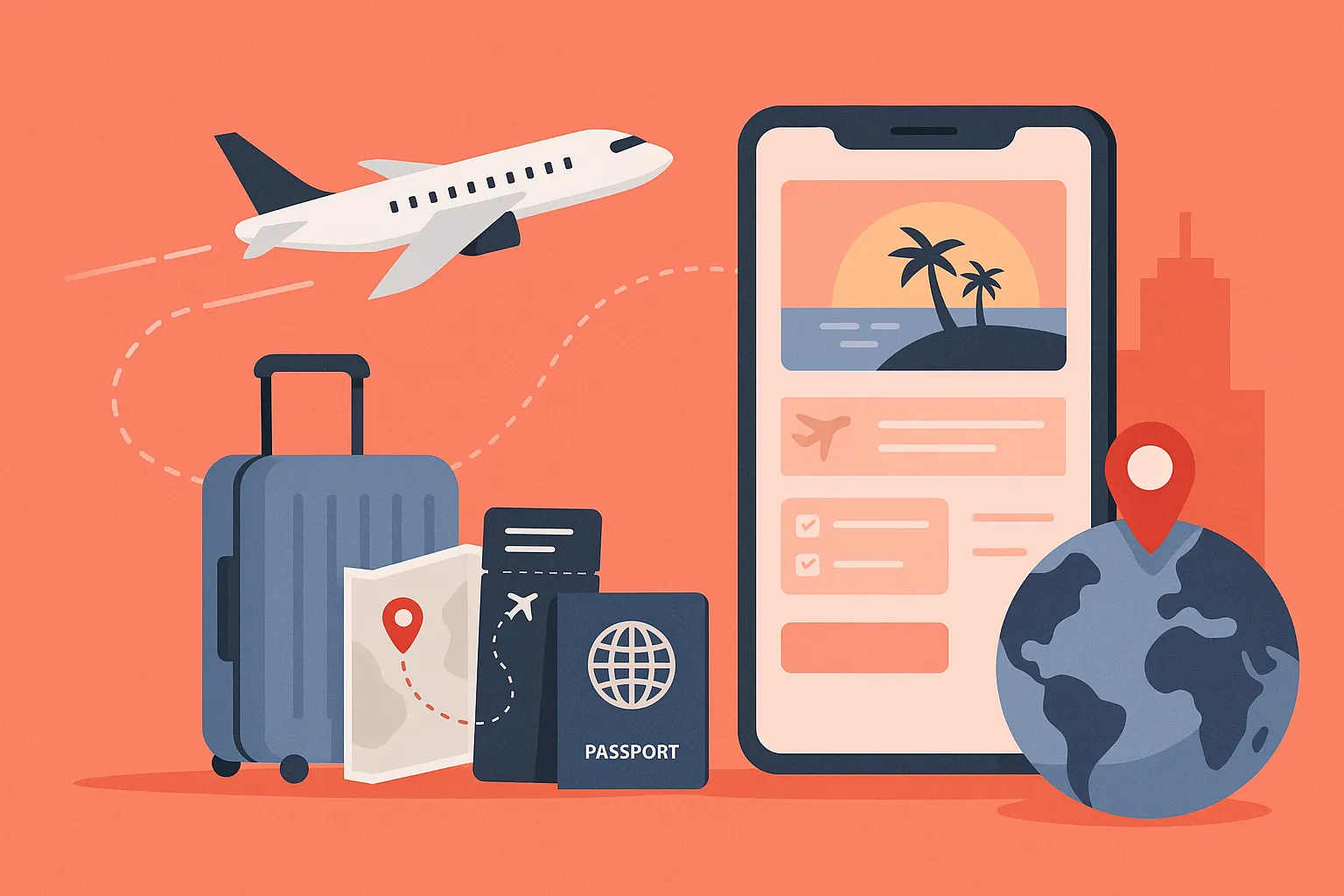Let’s be real—nobody walks into a travel agency anymore. In 2025, planning a getaway means tapping a few icons on your phone and boom—you’re browsing flights, booking stays, reading reviews, and reserving jungle safaris in one app. Online Travel Agency (OTA) platforms have become a one-stop-shop for wanderlust-driven users, and building your own travel app might just be your next smartest business move.
In an era dominated by smartphone screens and convenience addiction, an OTA platform is no longer optional for travel businesses—it’s essential. Whether you’re a startup, tour operator, or travel entrepreneur, having your own travel app gives you the leverage to personalize experiences, boost bookings, and yes, own the customer journey end to end.
I remember planning a group trip back in 2022. I jumped from app to app: one for flights, another for hotels, and a third for local experiences. What a mess. That’s when I realized—there’s serious gold in unified travel apps. Fast forward to 2025, and the best OTAs now offer immersive booking flows, real-time updates, user-generated reviews, and even AI-powered itinerary planners. Want in? This blog is your blueprint.
By the end of this read, you’ll know exactly how to build your own OTA platform—from defining your niche to launching with killer features like smart search, dynamic pricing, loyalty programs, and more. Whether you’re tech-savvy or not, this guide will keep things simple, strategic, and results-driven.
Step-by-Step Guide to Building Your OTA App
Step 1: Define Your Niche and Audience

Before writing a single line of code, you need clarity. Ask yourself:
- Are you targeting budget travelers, luxury seekers, solo adventurers, or family vacationers?
- Will your platform serve a specific region (e.g., India-focused) or go global?
- Do you want to focus on flights, hotels, or a vertical OTA model like trekking or medical tourism?
Your target audience will shape the entire UX, feature set, and marketing strategy of the app. Niche is everything in 2025. Don’t try to be the next MakeMyTrip from Day 1—be the best in a micro-market first.
Read more: – What is MakeMyTrip App and How Does It Work?
Step 2: Must-Have Features for a Travel App

Here’s your core feature checklist to stay competitive in the OTA space:
1. Smart Search and Filtering
- Search by budget, destination, duration, or even mood.
- Use AI to suggest “best time to go” or “low crowd dates.”
2. Dynamic Booking Engine
- Real-time flight and hotel availability.
- Integration with APIs like Amadeus, Skyscanner, Booking.com, and TripAdvisor.
3. Secure Payment Gateway
- Support UPI, credit/debit cards, wallets, and BNPL options.
- Add one-click checkout for logged-in users.
4. AI-Powered Recommendations
- Machine learning to suggest itineraries or deals based on past behavior.
- Think Netflix-like personalization but for travel.
5. Multi-Language and Currency Support
- Essential for international scale.
- Also important for regional inclusivity in India.
6. Ticketing & Booking Management
- Easy cancellation, e-ticket download, and live trip updates.
7. Map Integrations and Nearby Exploration
- Let users explore local spots around their booking.
- Bonus: integrate Google Maps or Mapbox APIs.
8. Reviews and Ratings
- Crowdsourced experiences are now make-or-break.
- Encourage user-generated content with reward points.
9. Loyalty Programs and Referral Systems
- Gamify travel! Offer miles, cashback, or free stays.
- Word-of-mouth still works in the travel biz.
10. Admin Panel
- You’ll need backend access to manage listings, users, pricing, and promotions.
Step 3: Choose Your App Development Approach

You’ve got two options:
Option A: Custom Development (Full Control)
- Best if you want tailored features, complete branding, and future scalability.
- Stack Suggestions:
- Frontend: Flutter or React Native (for cross-platform)
- Backend: Node.js / Python (Django), Ruby on Rails
- Database: PostgreSQL or MongoDB
- Cloud: AWS or Google Cloud
- Frontend: Flutter or React Native (for cross-platform)
- Pros: Scalable, unique, better long-term ROI.
- Cons: Expensive, takes time.
Option B: White-Label OTA Platforms
- Faster and more affordable.
- Vendors like Trawex, Travelopro, and Rezdy offer ready-made solutions.
- Good for MVPs or niche apps like adventure travel or day tours.
- Pros: Quick launch, lower upfront costs.
- Cons: Limited customization, possible vendor lock-in.
Step 4: API Integrations for Real-Time Data
APIs are the backbone of OTA platforms. You’ll need integrations like:
| API Type | Recommended Providers |
| Flights | Amadeus, Skyscanner, Kiwi |
| Hotels | Booking.com, Expedia, Agoda |
| Activities | Viator, GetYourGuide |
| Weather | OpenWeatherMap |
| Maps & Location | Google Maps, Here API |
| Payments | Razorpay, Stripe, PayPal |
Pro tip: Use middleware or aggregation APIs to avoid juggling multiple individual APIs.
Step 5: Go to Market – Launch & Scale
Pre-Launch Tips:
- Test app performance under high traffic.
- Fix UI bugs—travelers don’t forgive broken buttons.
- Build a landing page to collect early sign-ups.
Read more: How to Market an Online Travel Agency Platform App Successfully After Launch
Marketing Hacks:
- Partner with influencers or travel bloggers.
- Offer cashback or reward credits to first 1000 users.
- Run destination-based seasonal campaigns (“Summer in Goa,” “Himalaya Treks in Monsoon”).
Monetization Options:
- Commission per booking
- Featured listings for travel vendors
- In-app ads (be subtle!)
- Travel insurance upsells
Read more: Online Travel Marketplace Development: Full Cost Breakdown
Common Challenges (and How to Handle Them)
1. Data Accuracy
- Partner with verified aggregators to avoid showing unavailable rooms or flights.
2. Scalability
- Host on cloud platforms with elastic scaling. Don’t let your app crash during festive rush!
3. Security and Privacy
- Encrypt payment data, comply with GDPR/DPDP laws in India.
4. Content Moderation
- Review UGC like reviews or comments for spam or abuse.
Explore our full range of travel app solutions designed to help you build and scale your OTA platform with ease.
Conclusion:
Launching an OTA app is about more than logistics—it’s about helping people explore the world. The key is creating a seamless, exciting, and trustworthy user experience. With the right tech, niche, and marketing, your platform could be the next go-to travel buddy for millions.
2025 is ripe with opportunity. Travelers crave simplicity, safety, and personalization. You deliver that, and you win.
At Miracuves, we help innovators launch high-performance app clones that are fast, scalable, and monetization-ready. Ready to turn your idea into reality? Let’s build together.
FAQs:
Q1. How long does it take to develop a travel booking app?
It typically takes 4–6 months for custom development, depending on complexity. Using a white-label solution can reduce this to a few weeks.
Q2. Do I need to partner with airlines and hotels?
Not always. You can integrate with global APIs that already partner with thousands of providers. But local tie-ups give you better pricing.
Q3. Is it expensive to launch an OTA app?
No, it mainly depends on your chosen features, design complexity, and scalability needs.
Q4. How can I make money from my travel app?
Earn via commissions, ads, featured placements, subscription models, or upselling travel insurance and add-ons.
Q5. What if I only want to offer hotel bookings?
Then go for a vertical OTA model. Focused apps often perform better due to deep personalization.
Q6. Do I need tech knowledge to launch one?
Not necessarily. With the right development partner or white-label vendor, you can focus on business and branding.
Realted Articles:








